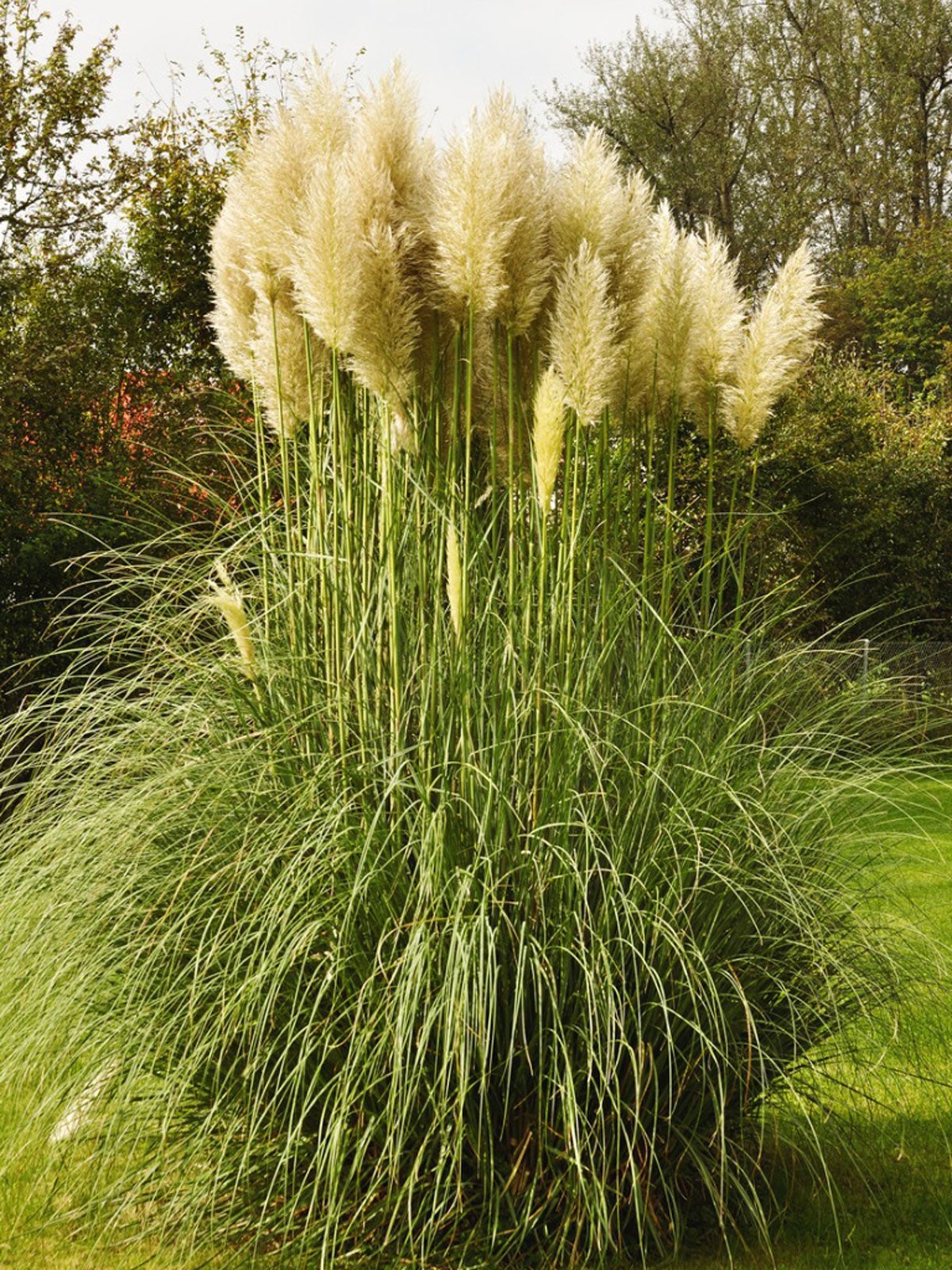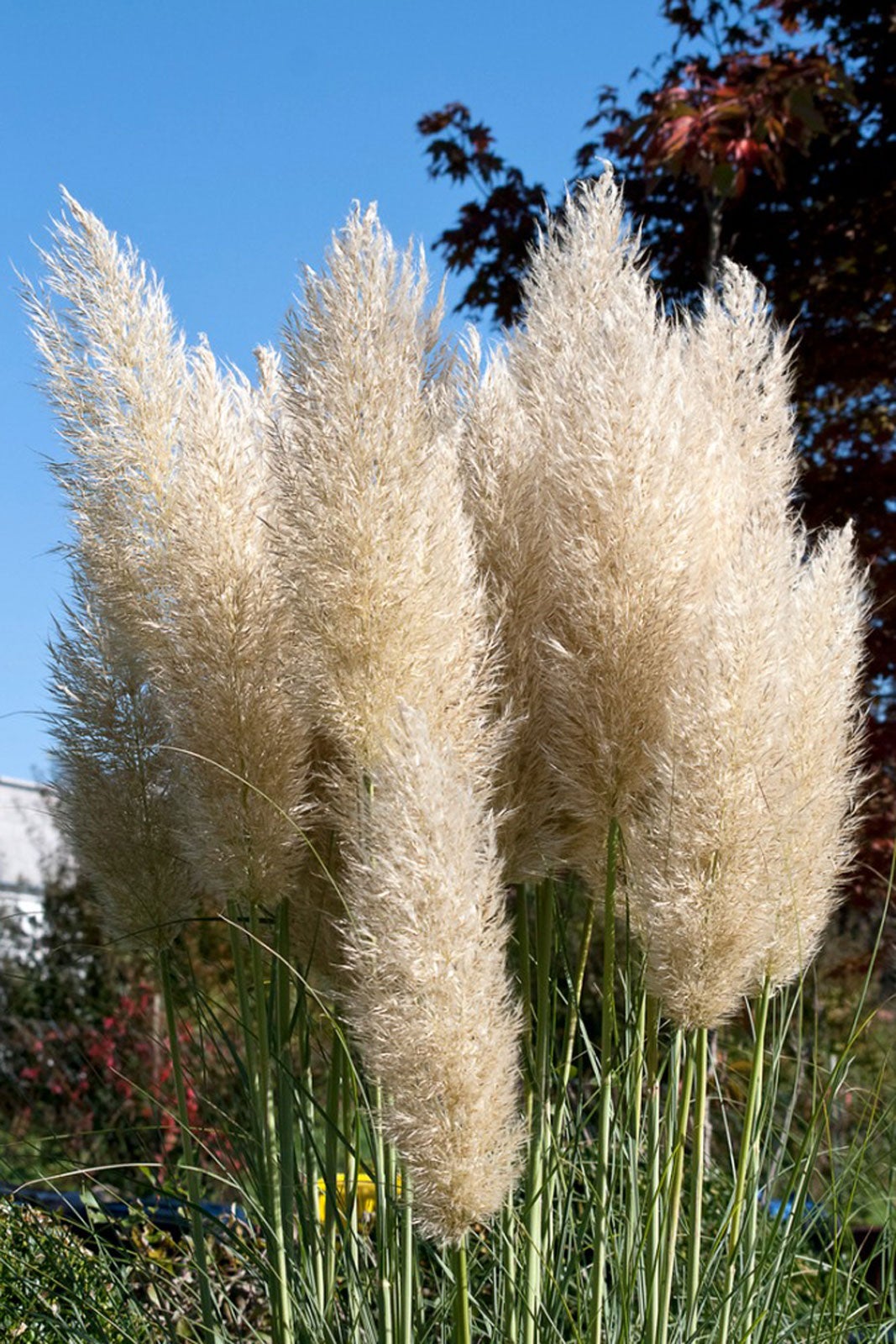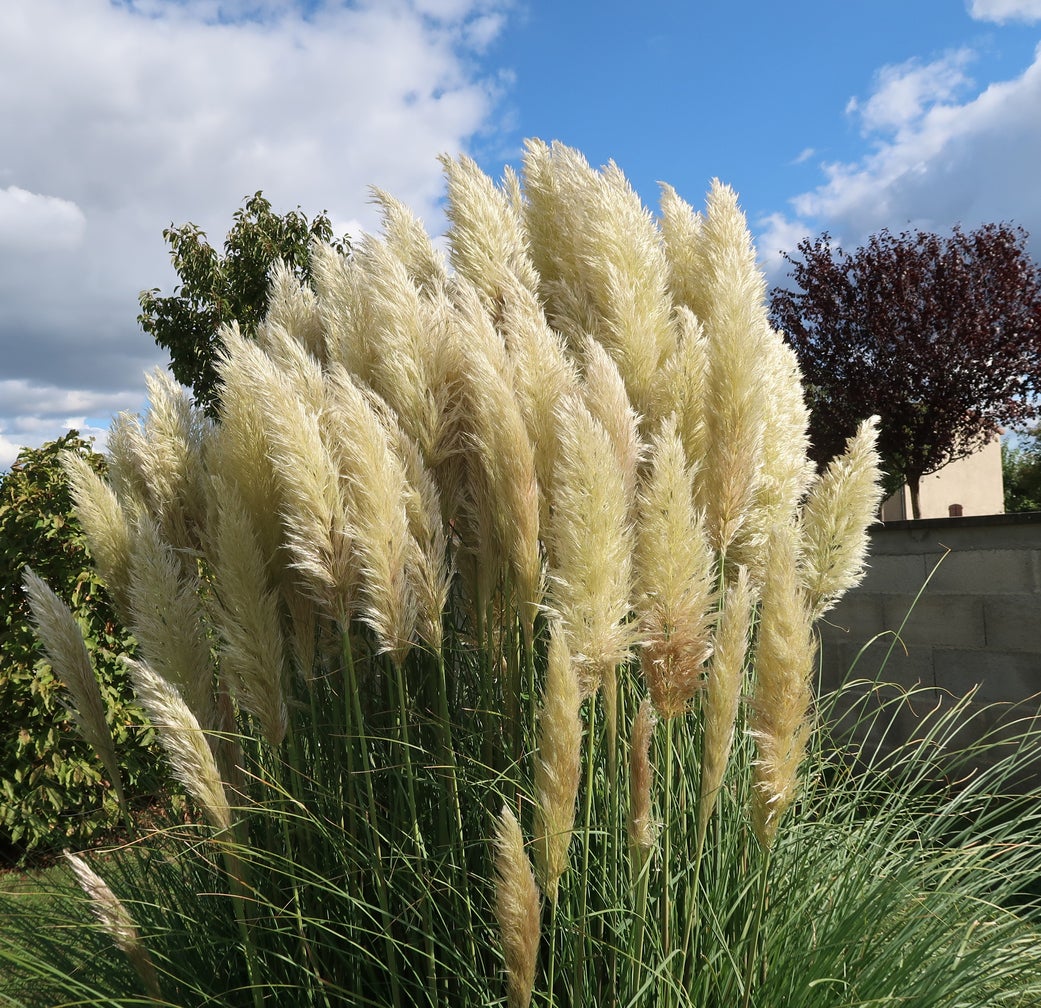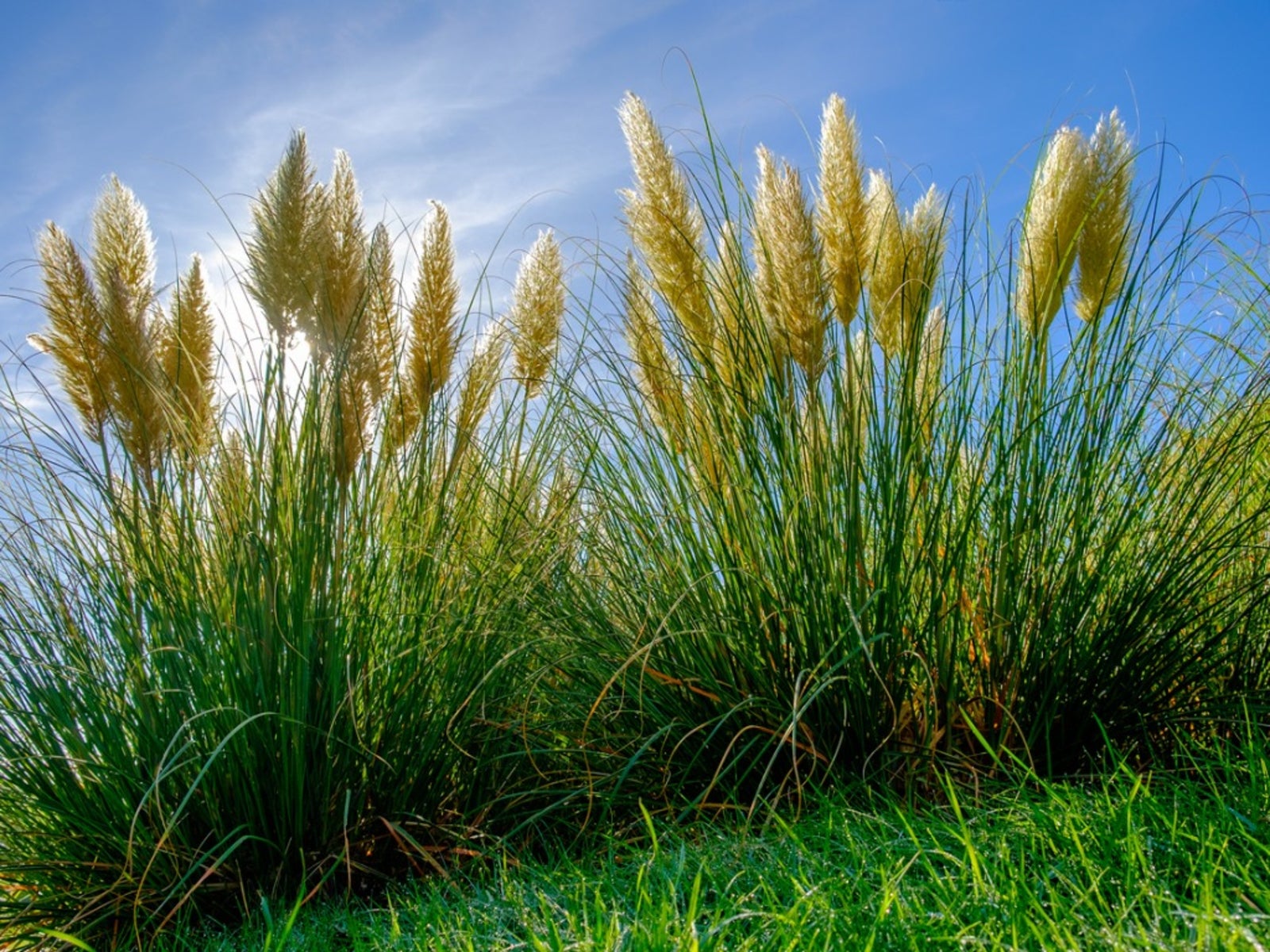Moving Pampas Grass: When Should I Transplant Pampas Grass Plants


Native to South America, pampas grass is a stunning addition to the landscape. This large flowering grass can form mounds around 10 feet (3 m.) in diameter. With its quick growth habit, it is easy to understand why many growers may find themselves asking, “Should I transplant pampas grass?”.
How to Transplant Pampas Grass
In many small gardens, one pampas grass plant may quickly outgrow the area in which it is planted.
Though the process of pampas grass transplanting is relatively simple, it is also quite labor-intensive. Moving pampas grass or dividing it must be done early in the spring before any new growth has started.
To begin transplanting pampas grass, the plants will first need to be pruned. Since the grass can be relatively sharp, carefully remove the foliage down to about 12 inches (30.5 cm.) from the ground with garden shears. When handling pampas grass plant matter, it is always a good idea to wear quality garden gloves, long sleeves, and long pants. This will help to prevent injury as unwanted foliage is removed before and while moving the plant.
After pruning, use a shovel to deeply dig around the base of the plant. Ideally, growers should want to remove as many roots as possible, along with any associated garden soil. Make sure to only remove portions of the plant that are easy to handle, as the large plants can become quite heavy and difficult to manage. This also makes moving pampas grass an excellent time to divide the grass into smaller clumps, if desired.
After digging, pampas grass transplanting can be completed by planting the clumps into a new location where the soil has been worked and amended. Be certain to plant the clumps of pampas grass into holes that are approximately twice as wide and twice as deep as the transplant root ball. When spacing the plants, make certain to factor in the size of the plant when it has reached maturity.
The success rate of transplanting pampas grass is relatively high, as the plant is naturally hardy and robust. Water the new planting well and continue to routinely do so until the transplant has taken root. Within a couple of growing seasons, the new transplants will resume blooming and continue to thrive in the landscape.
Gardening tips, videos, info and more delivered right to your inbox!
Sign up for the Gardening Know How newsletter today and receive a free copy of our e-book "How to Grow Delicious Tomatoes".

Tonya Barnett has been gardening for 13 years. Flowers are her passion. She has transformed her backyard into a cut flower garden, which she regularly chronicles on her YouTube channel http://www.youtube.com/@tonyawiththeflowers.
-
 Looking For Plants To Give You The Soft And Fuzzies? Try These 5 Fuzzy Leaf Plant Options
Looking For Plants To Give You The Soft And Fuzzies? Try These 5 Fuzzy Leaf Plant OptionsLovers of texture, drama, silver foliage and tactile plants will adore these special sensory garden additions. These fuzzy leaf plant options will leave you all aglow
By Susan Albert
-
 Get Ready For A Summer Of Hummers! Grow These Full Sun Hummingbird Plants and Flowers
Get Ready For A Summer Of Hummers! Grow These Full Sun Hummingbird Plants and FlowersIf you’re lucky enough to enjoy a sunny backyard, make sure you are maxing out on your pollinator opportunities and grow these full sun hummingbird plants and flowers
By Tonya Barnett
-
 Potted Pampas Grass Care: How To Grow Pampas Grass In Containers
Potted Pampas Grass Care: How To Grow Pampas Grass In ContainersThe huge, elegant pampas grass makes a statement in the garden, but can you grow pampas grass in pots? These grasses can get over ten feet (3 m.) tall, which means you need plenty of room. Click here for tips on how to grow pampas grass in containers.
By Bonnie L. Grant
-
 Pruning Pampas Grass: When And How To Prune Pampas Grass Plants
Pruning Pampas Grass: When And How To Prune Pampas Grass PlantsFew plants make as bold a statement in the landscape as pampas grass. These showy plants require little care except for the annual pruning, which isn't a job for the faint of heart. Find out about pruning pampas grass in this article.
By Jackie Carroll
-
 Remove Pampas Grass: Tips For Pampas Grass Control And Removal
Remove Pampas Grass: Tips For Pampas Grass Control And RemovalPampas grass can grow quite large, and because if this and its size and numerous seeds, some people find pampas grass control a concern. This article explains what kills pampas grass if you need help with control.
By Susan Patterson
-
 Pampas Grass Care - How To Grow Pampas Grass
Pampas Grass Care - How To Grow Pampas GrassWhile they?re extremely easy to grow, it?s important to know what you?re getting into before planting pampas grass around the home. Don?t be so quick to plant it simply because it looks good. Find out why here.
By Nikki Tilley